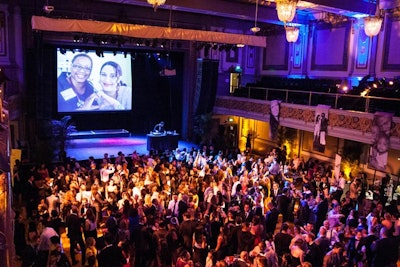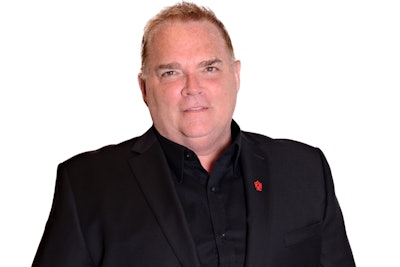
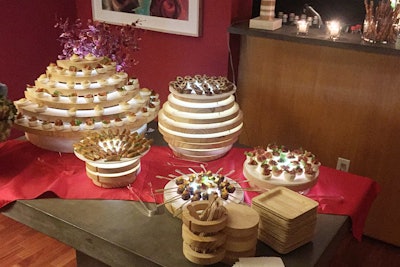
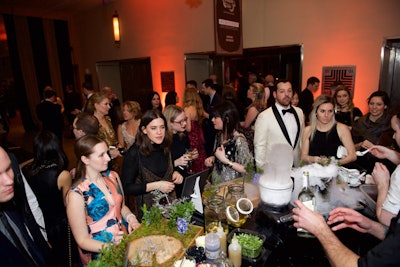

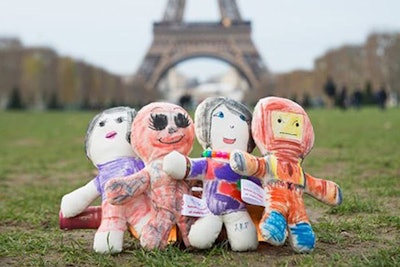
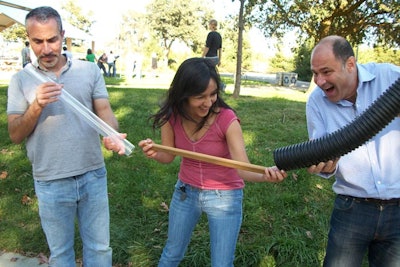

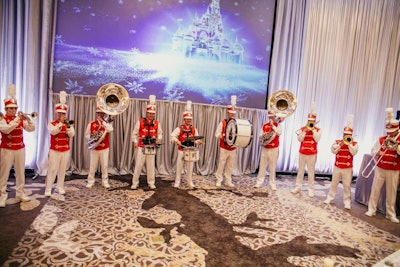
Planners aimed to incorporate plenty of "surprise and delight" into the Engage Conference, which was held in Orlando in December. One such surprise was announcing to the conference's 350 attendees that they were "going to Disney World" after the second day of programming. Confetti fell, glittery mouse ears were distributed, and Disney characters appeared to amp up the excitement before guests headed to the Magic Kingdom. The 14-piece Main Street Philharmonic Marching Band (pictured) also appeared in the Four Seasons's ballroom as part of the surprise announcement.
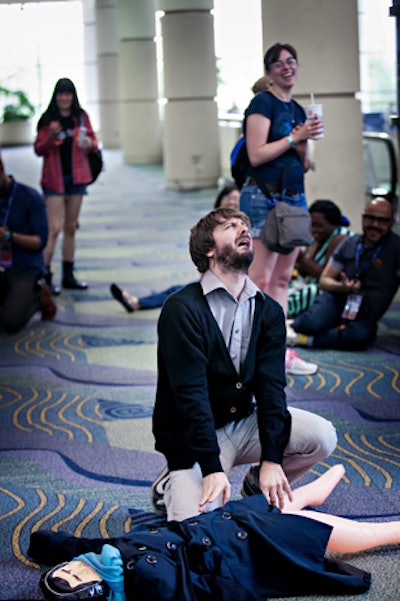
Nearly 5,000 fans of fantasy films, TV shows, and books gathered at the Orange County Convention Center in 2014 for LeakyCon, an annual convention. That year, organizers launched “pop-up programming”—nearly two dozen carefully orchestrated occurrences that were not part of the official schedule. One of the pop-up events that generated the most interest from attendees was a reenactment of the final scene from the second season of Sherlock, with actor Maxwell Glick playing the part of Dr. Watson.
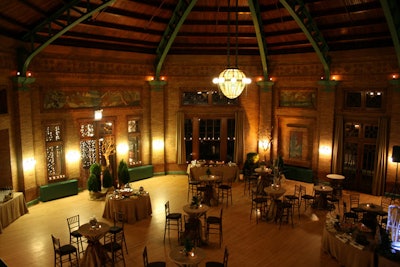
For company gatherings in particular, surprises don't have to be limited to the course of a single event. For example, in 2008, Sg2 Health Care Intelligence headed to Chicago's Cafe Brauer for a company party (pictured) that culminated a series of holiday perks. For the week leading up to the event, employees were treated to in-office wine tastings, manicures, and massages.
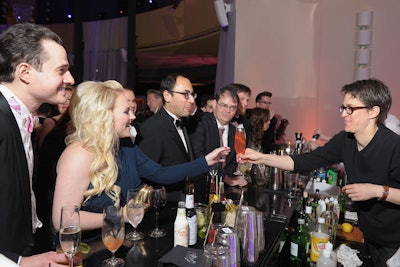
It's typical to use a celebrity as a featured entertainer. But guests are more surprised to encounter celebrities in unexpected place—such as behind the bar. At the MSNBC's White House Correspondents Dinner after-party in Washington in 2012, MSNBC host Rachel Maddow poured drinks for part of the evening.
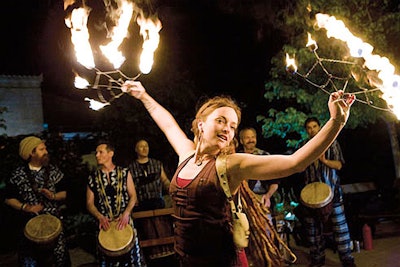
Another way to surprise guests is to keep them amused and engaged during otherwise tedious parts of an event, such as standing in line to register or waiting for valet. At the Shedd Aquarium's 2008 gala in Chicago, fire dancers from Pyrotechniq performed for guests waiting for their cars after the event. The surprise aligned with the institution's overall brand messaging. “This is something we do at Shedd Aquarium on a daily basis—engage guests while they are waiting for something, to make the time go faster and the wait not seem so long,” said Jennifer Baryl, then the senior director of the aquarium.
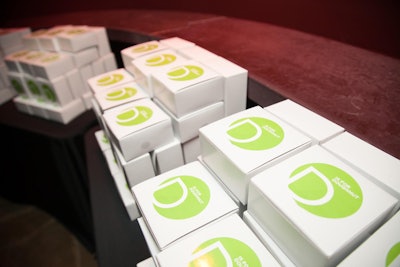
Guests always enjoy gifts—perhaps even more so when they're unexpected. Coupa, a spend-management software company, hosts an annual user conference called "Inspire." In 2014, planners from Roar Events surprised guests by sending them home with boxes of doughnuts.
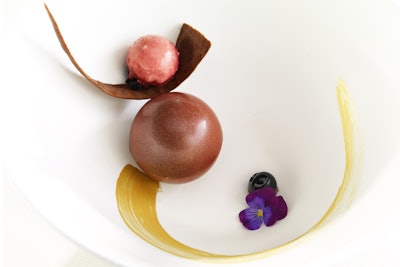
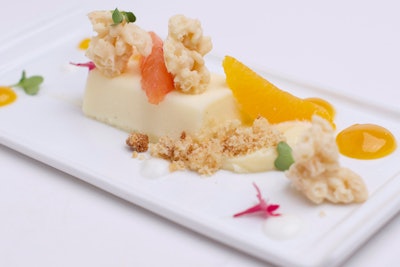

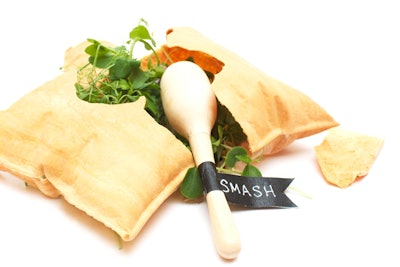
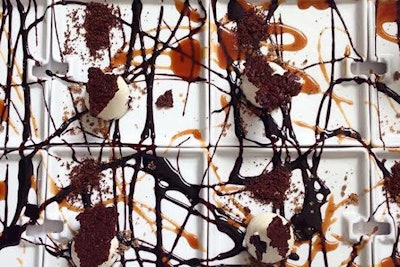
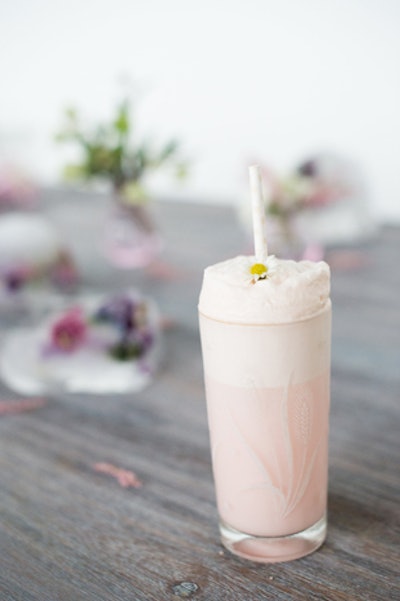
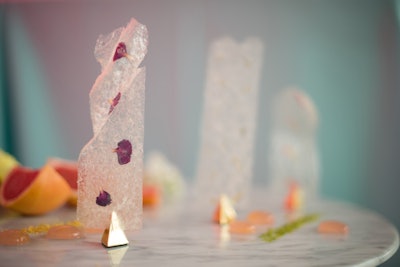
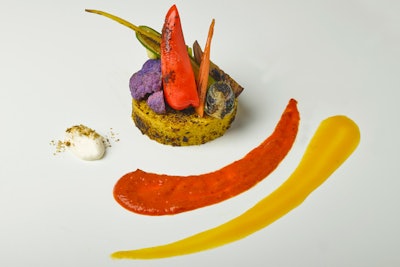
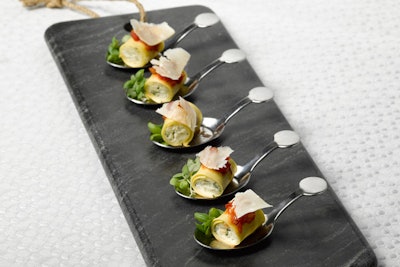
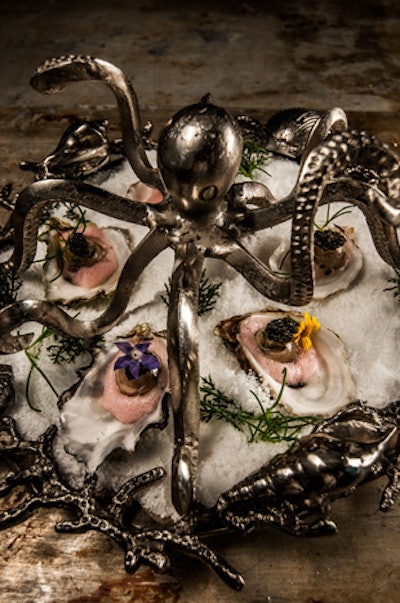
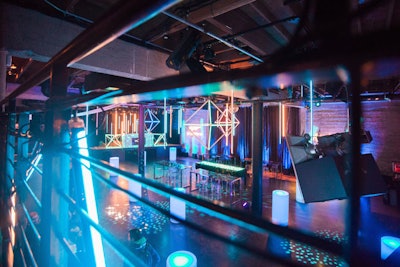
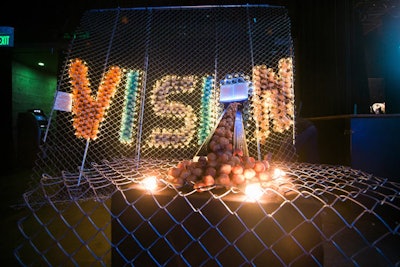
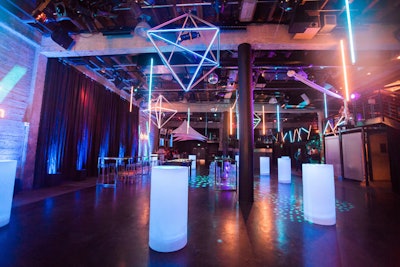

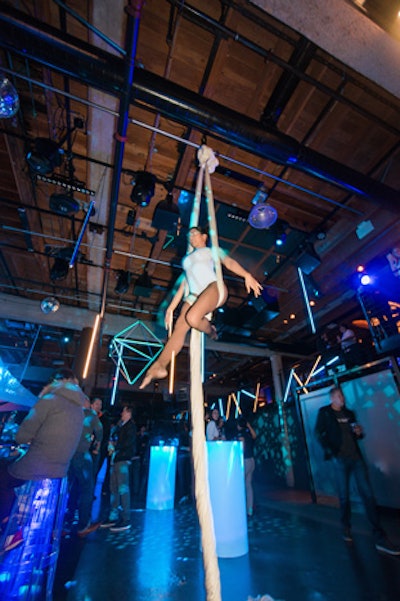
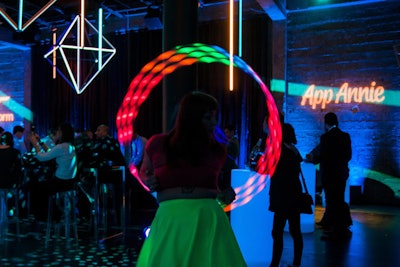
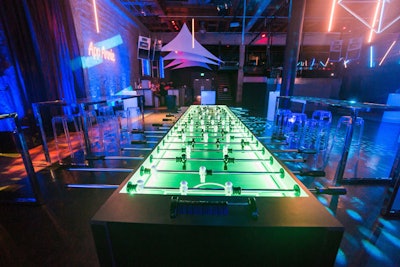
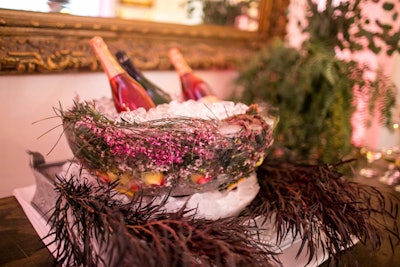
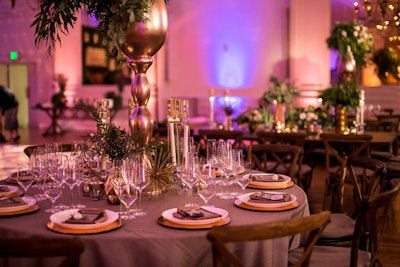
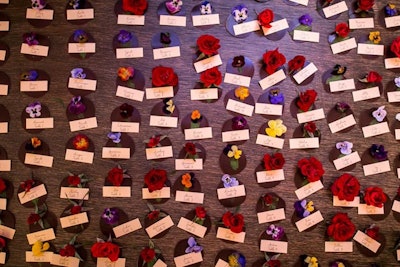
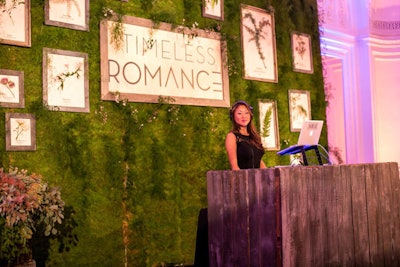
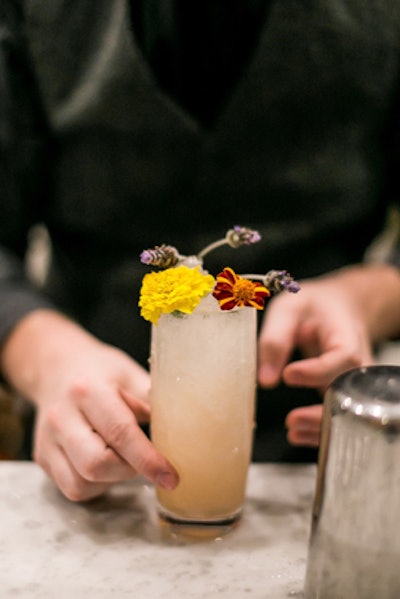


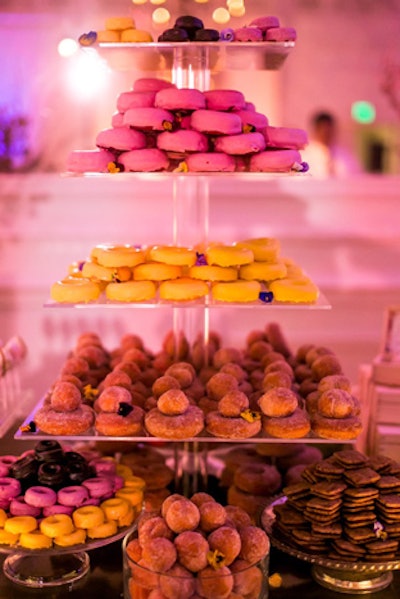

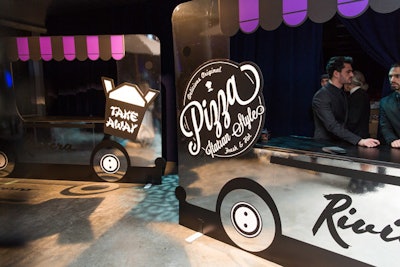
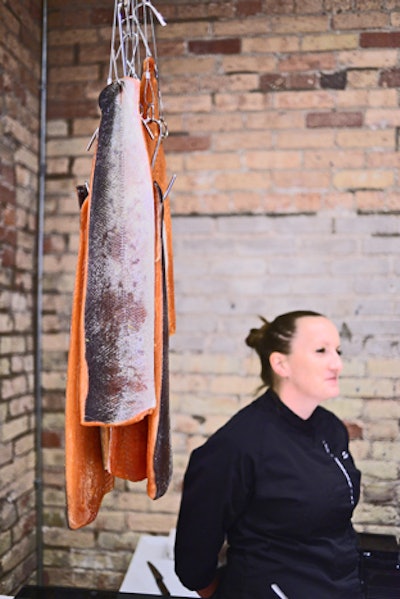
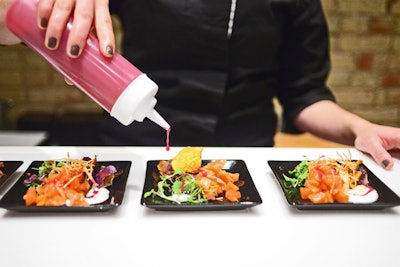
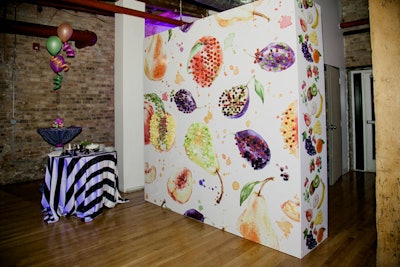
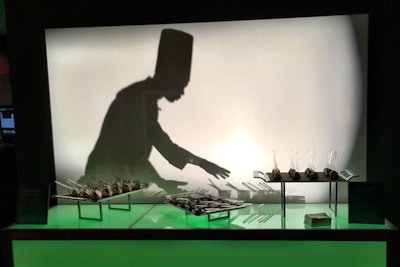
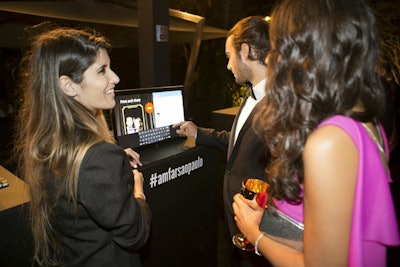
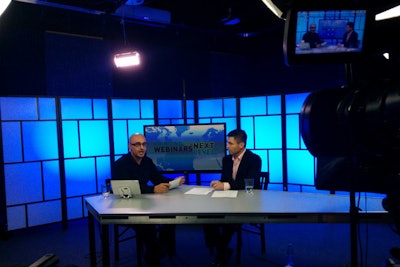
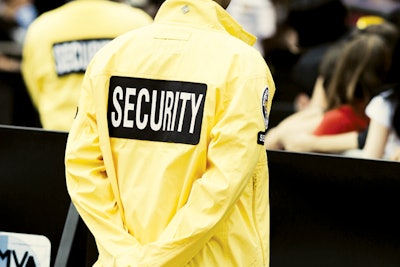
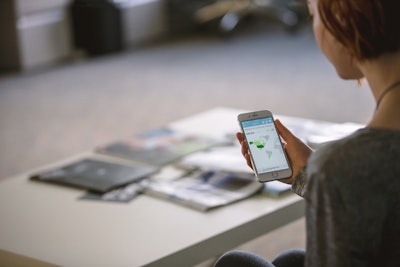
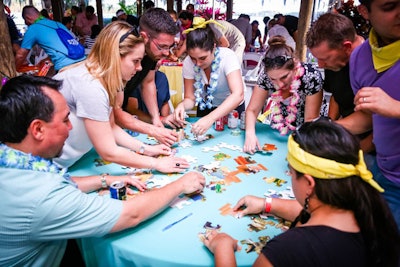
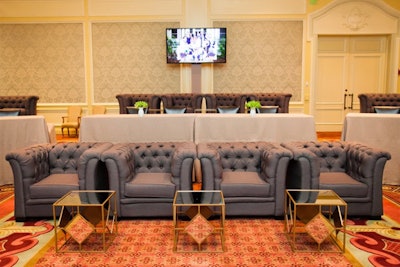
Bored of traditional theater- or classroom-style room setups? Designing a arrangement with an assortment of furniture "is an ideal way to provide flexibility and choices for attendees’ different personalities," says Michele Wilde, the resort's director of conference services and event sales.
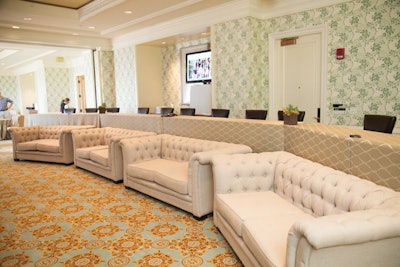
Comfort is a priority, especially during lengthy meetings, Wilde says. Offering multiple seating options can keep attendees engaged and also suit different personalities.
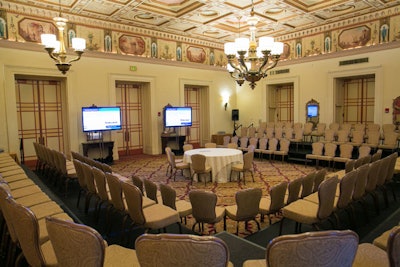
A threesided set up gives attendees a sense of proximity to the speakers.
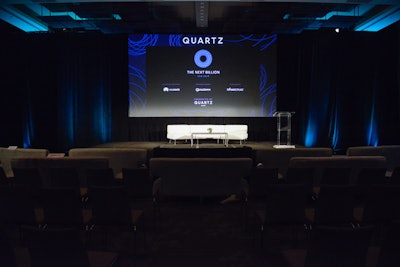
Quartz also experimented with seating. In the front of the room there were couches reserved for V.I.P. guests, and in the back of the room there was a row of high-top tables where laptop users could work.
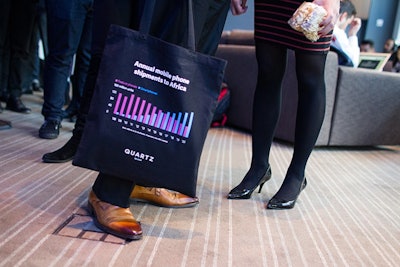
Bags that attendees received at registration had various charts taken from Quartz stories that could serve as conversation starters.
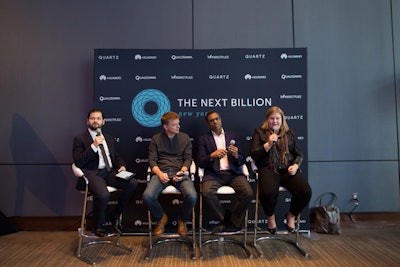
Q&A sessions with speakers continued in a designated space outside of the ballroom. The move allowed more intimate access to speakers.
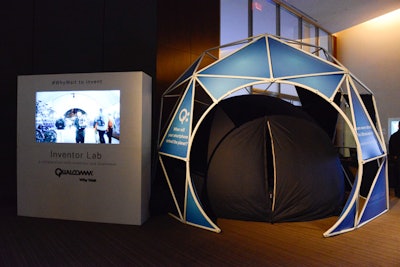
Quartz encourages its sponsors to bring unusual and engaging activations to its events. One example was a fully functional mini planetarium from Qualcomm.
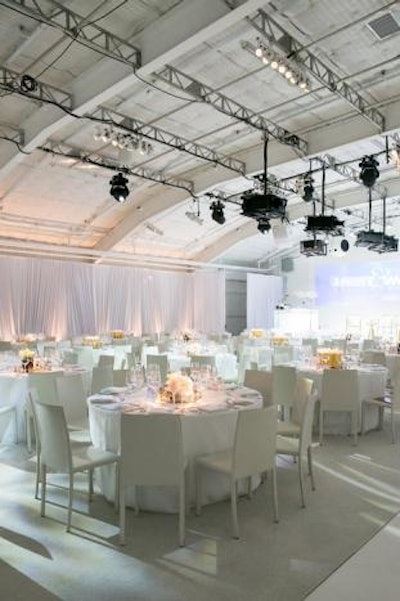
Not every event wants to meet at a hotel. Variety and WWD chose Smashbox Studios for a different feel.
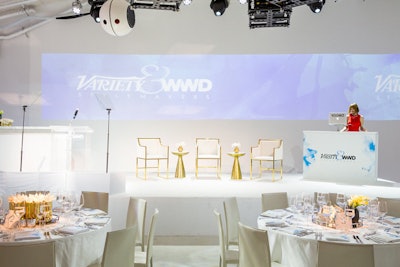
An unexpected addition to the stage was a DJ booth.
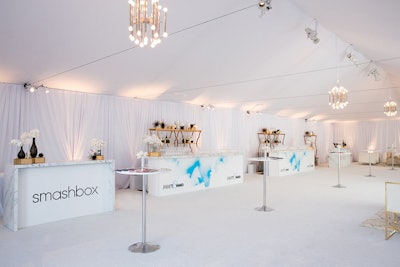
Before lunch and the presentation, guests gathered in a sponsor activation area. Its design had a look consistent with the main room, with the same color palette and furniture rentals.
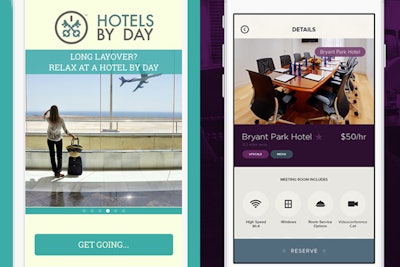
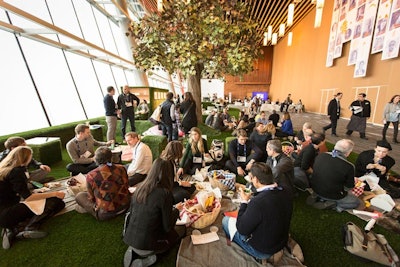
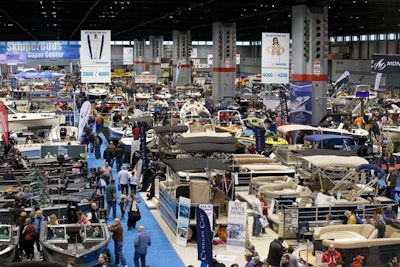
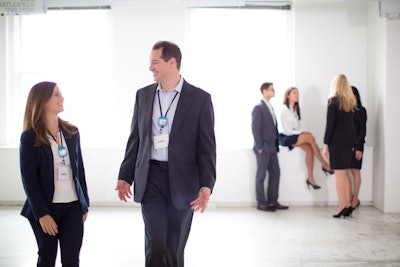
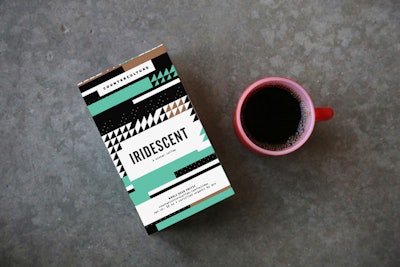
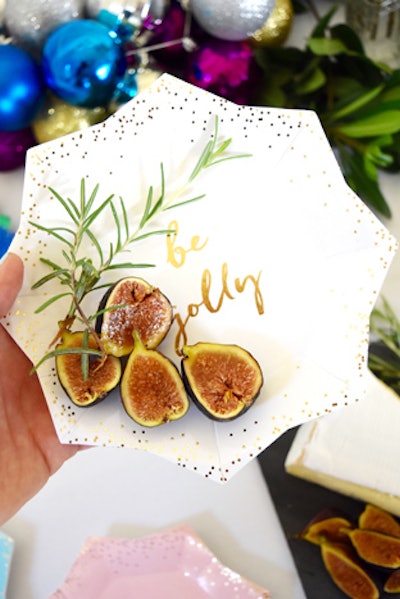
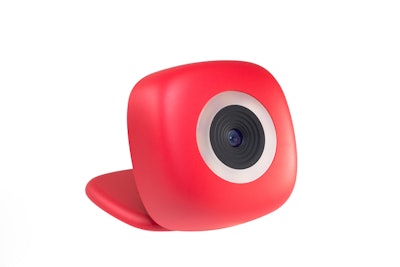
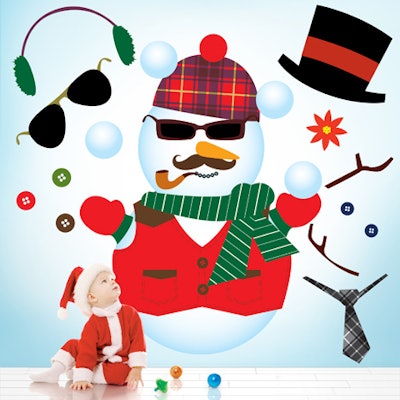
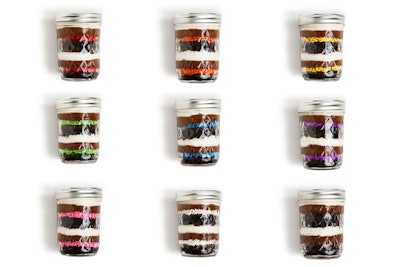
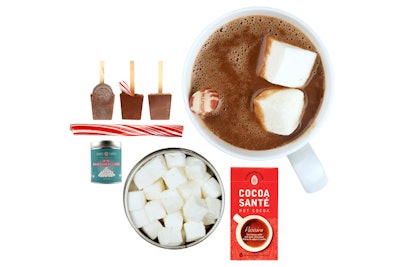
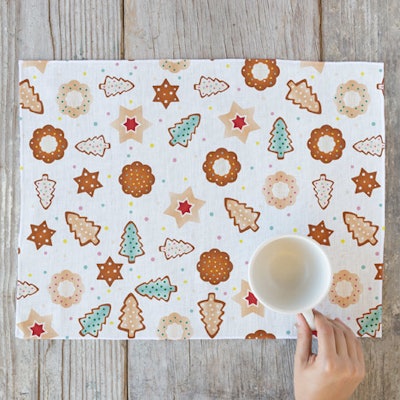
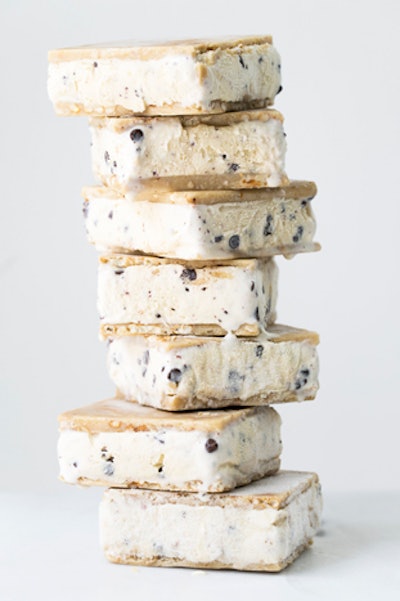
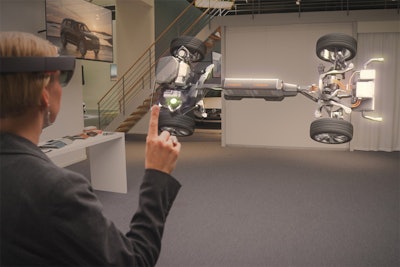
Microsoft’s HoloLens may be the best-known headset for augmented reality. Unlike virtual-reality headsets such as Oculus Rift, with an augmented-reality headset the user can still see his real environment, but virtual elements are visible too. Turner says wearables create the most immersive experience of augmented reality—it’s hands-free and users maintain the experience even as they walk and move their heads.
“As it improves, the lines of what is physical and what is not will become very blurred,” Turner says. But at a cost of about $3,000 per HoloLens headset, it’s also the most expensive to scale.
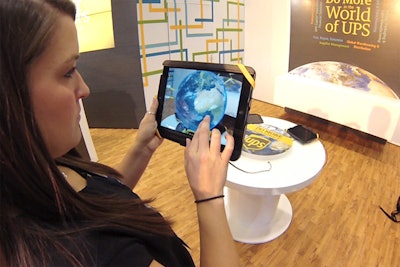
In this model, a tablet or smartphone becomes the window into an augmented view of the user’s surroundings. “This has been around a while, but today’s buzzword for it is Pokémon Go,” Turner says. This is the most accessible form of augmented reality since most people are carrying a device with them all the time and understand how to use the device’s camera as a viewfinder.
The technology can be incorporated into an event app, for example to trigger experiences around a venue, or it can be done as a standalone experience on preconfigured devices. “We did a project at a show with U.P.S. a few years ago where we had iPads in a carousel and guests could pick one up and move it around the booth, almost as a secret decoder, to reveal content in the booth. The customer was holding it and owning the experience,” Turner says.
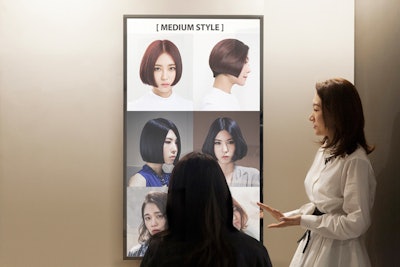
This option allows a person to see a reflection of himself with additional imagery or content layered on top of it. The most common uses to date have been for retail and consumer environments, such as a beauty salon or a clothing store where customers can try on different looks in the mirror. “At an event, this type of AR can be done on a giant screen so in that case it becomes a bit of theater. It draws people in,” Turner says. “Or it could be done on a smaller scale in a trade show booth.”
Turner says mirror AR is the best option to create “surprise and delight” moments for guests, for example by showing an animated character walking next to them as they pass the mirror. Photo technology also can be incorporated into the mirror so guests can save and share a snapshot of their augmented image.
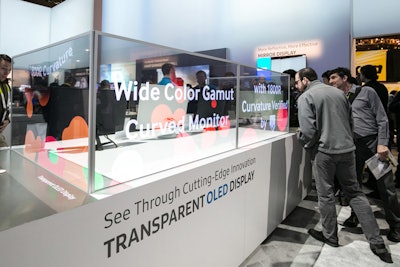
Turner says this is the newest way to use augmented reality. A transparent LED or newer OLED display is used as a window into a three-dimensional, virtual environment. One of the benefits of this, Turner says, is that it can be used for large group demonstrations, for example at a trade show. “What we’re pitching is, for example, if a company wants to put a large medical device in their booth, now we can do that with window AR. There’s no need to put an expensive headset on, and a group of people can watch someone move, demo, and touch a product. And then it can be cleared and a new product can be put in the display,” he says.
